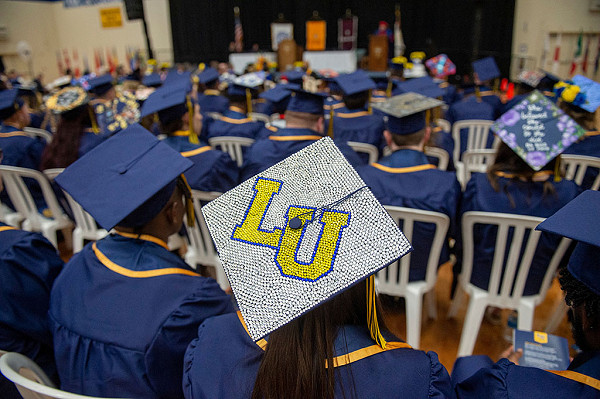Course: Certified Physical Thearpy Aide
Physical therapy aides work with physical therapists to provide a positive experience for patients undergoing physical therapy treatment. This 100% online course will teach you the concepts, skills and practices to become a certified physical therapy aide. Upon successful completion, students will be eligible to take the American Medical Certification Association's (AMCA) Physical Therapy Technician/Aide certification exam. The course also includes an externship starter kit with resources to secure a position as a physical therapy aide extern.

WHAT DOES A PHYSICAL THERAPY AIDE DO?
Physical therapy aides are responsible to support the overall therapy environment. They usually manage the cleanliness and safety of the clinic or work environment and help prepare the equipment for each patient's visit. And they often help patients as they arrive and move around in the treatment facility. Some common duties include:
IS A PHYSICAL THERAPY AIDE THE SAME AS A PHYSICAL THERAPY ASSISTANT?
Physical therapy assistants work directly with patients to facilitate treatment. They may assist patients with exercise, massage, balance and other forms of therapeutic interventions. Physical therapy assistants often supervise the work of physical therapy aides.
IS CERTIFICATION NECESSARY FOR PHYSICAL THERAPY AIDES?
The AMCA exam covers the following areas:
Each of these areas is critical to patient care, effective treatment and limiting liability for the physical therapist or employer organization.
IS PHYSICAL THERAPY AIDE A GOOD CHOICE FOR A REMOTE CAREER?
Changes in health coverage after then Affordable Care Act (ACA) of 2014 have shifted many physical therapy activities from the healthcare setting and into the patient's home. As a result, physical therapy support activities now also take place in the home. The shift to homecare has also opened opportunities for independent and even traveling physical therapy professionals.
Prerequisites
There are no prerequisites to taking this course.
Curriculum
Instructors
Holly Trimble
